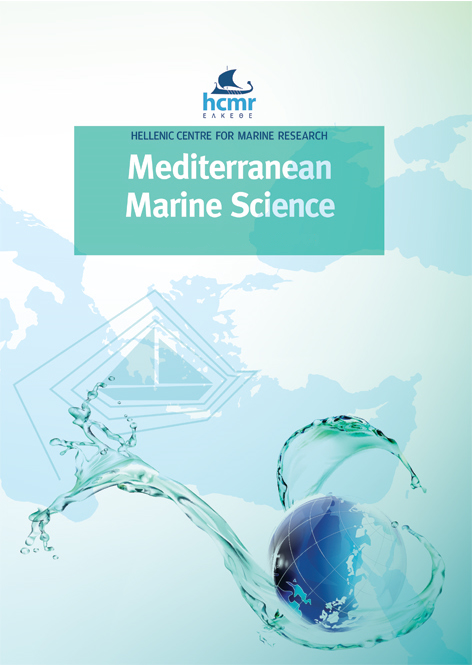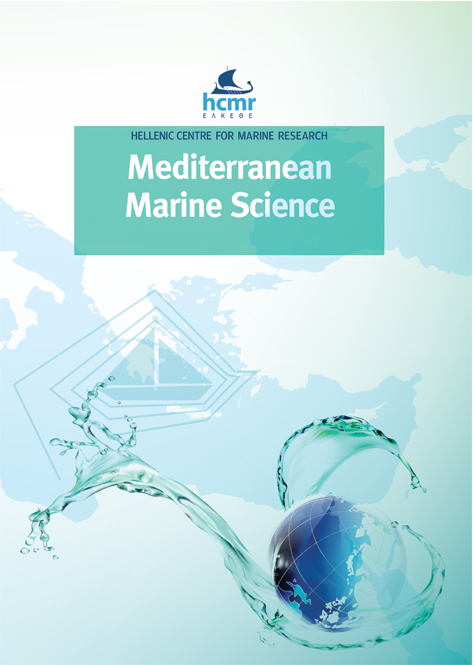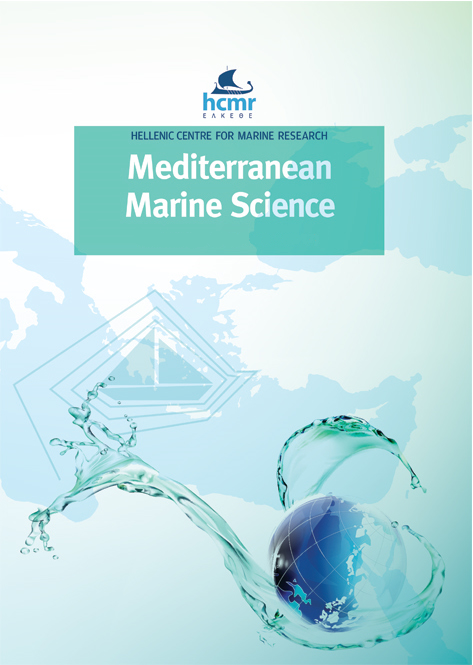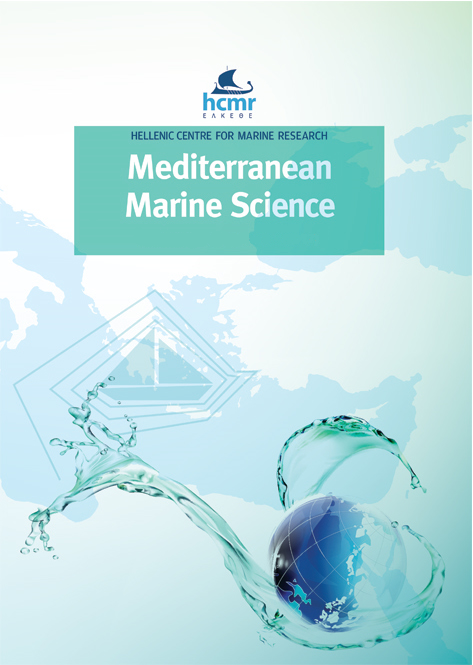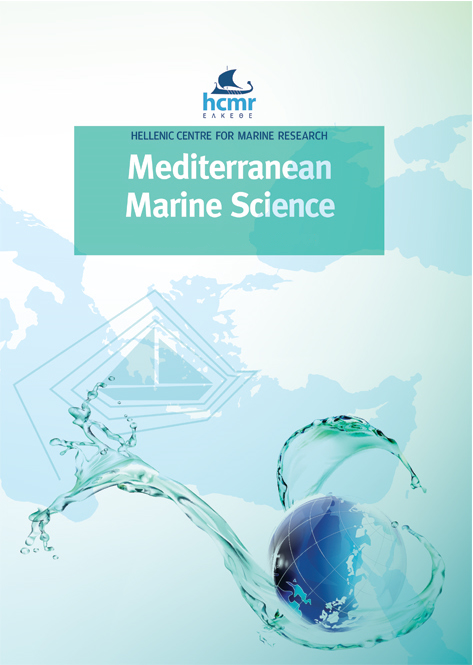Biochemical composition, nutritional value and socio-economic impacts of the invasive crab Callinectes sapidus Rathbun, 1896 in central Mediterranean Sea
Resumen
The Atlantic crab Callinectes sapidus was recently recorded in Tunisia and presents an invasive behavior. This study aims to evaluate its socio-economic impacts on small-scale fisheries and to analyze variations in chemical composition, fatty acids profile, and nutritive value according to sex and edible tissues. Socio-economic surveys via face-to-face revealed a decline in fishermen’s income from 15% to even 70% (damages on fishing nets and catches). Muscles yield of Callinectes sapidus ranged between 36.07±2.84% and 42.83±6.53% respectively for females and males. All the analyzed tissues contained high protein contents (> 23%) and particularly cephalothorax muscles reaching 27.05±0.16%. This new exotic food can be recommended in low fat diets since it contained less than 5% of total fats. The fatty acid profile was dominated by the polyunsaturated fatty acids (PUFA) for both sexes and all the analyzed tissues. Eicosapentaenoic acid, docosahexaenoic acid and arachidonic acid were the most abundant PUFA in all tissues ranging respectively from 9.31% to 15.64%, from 8.74% to 13.78% and between 6.81% and 9.21%. All the nutritional indexes of lipids indicated that this crab could be beneficial for human health. In addition, it constitutes a new marine resource with high economic opportunity.
Article Details
- Cómo citar
-
Khamassi, F., Rjiba Bahri, W., Mnari Bhouri, A., Chaffai, A., Soufi kechaou, E., Ghanem, R., & Ben Souissi, J. (2022). Biochemical composition, nutritional value and socio-economic impacts of the invasive crab Callinectes sapidus Rathbun, 1896 in central Mediterranean Sea. Mediterranean Marine Science, 23(3), 650–663. https://doi.org/10.12681/mms.28878
- Sección
- Research Article
Authors who publish with this journal agree to the following terms:
- Authors retain copyright and grant the journal right of first publication with the work simultaneously licensed under a Creative Commons Attribution Non-Commercial License that allows others to share the work with an acknowledgement of the work's authorship and initial publication in this journal.
- Authors are able to enter into separate, additional contractual arrangements for the non-exclusive distribution of the journal's published version of the work (e.g. post it to an institutional repository or publish it in a book), with an acknowledgement of its initial publication in this journal.
- Authors are permitted and encouraged to post their work online (preferably in institutional repositories or on their website) prior to and during the submission process, as it can lead to productive exchanges, as well as earlier and greater citation of published work (See The Effect of Open Access).

